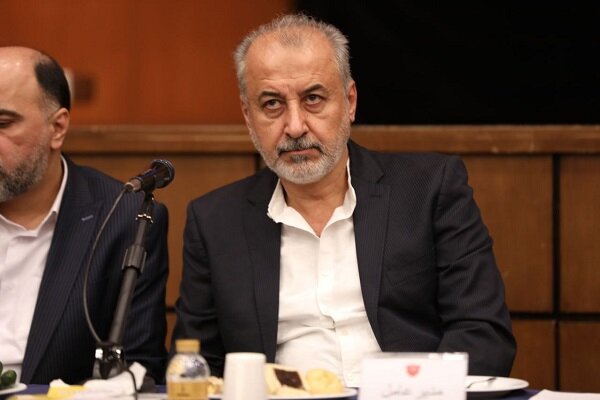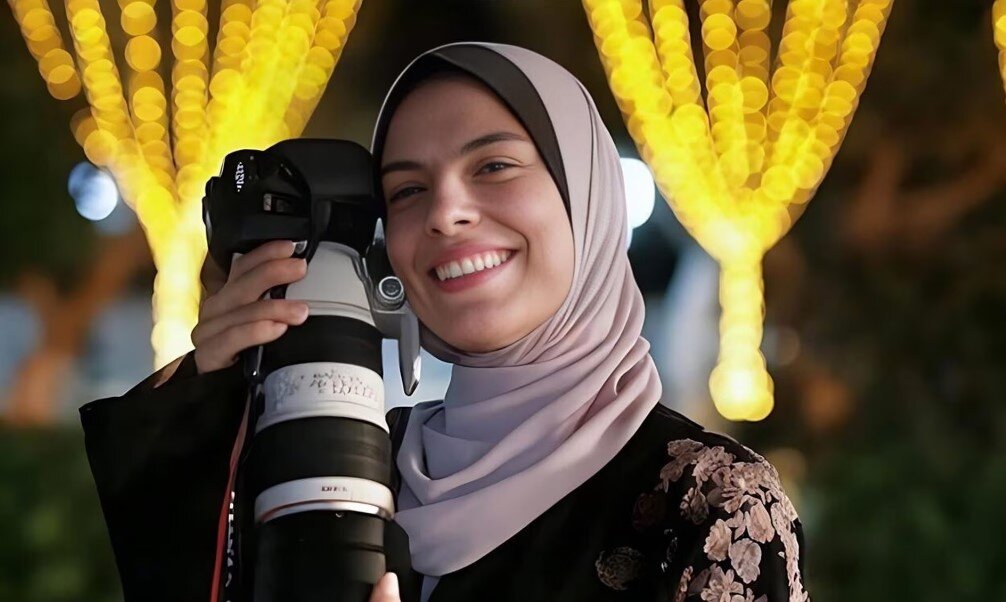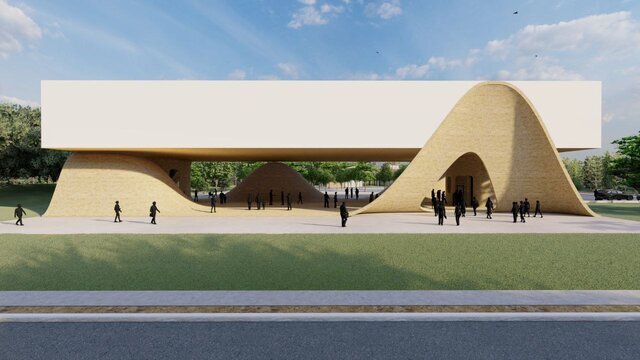
LONDON All eyes are on Rome, where the Italian capital is preparing to host a new round of settlements in between Iran and the United States, moderated by the Sultanate of Oman.Amid the intricacies of the global scene, Iran becomes a party with a cohesive diplomatic vision, supported by internal unity and robust external engagement, while the U.S.
administration faces departments that hinder its ability to create an unified position.
These dynamics make the Rome settlements a crucial point, not just for dealing with the nuclear concern but likewise for highlighting how Irans active diplomacy can serve as a model for navigating worldwide difficulties.
Iran gets in these negotiations with confidence rooted in its wise management and internal cohesion.
Contrary to stories that attempt to depict the Islamic Republics system as fragmented, the choice to participate in the talks was made through institutional consensus, reflecting consultative systems that prioritize the unity of the Islamic system as a strategic important.
This cohesion is clearly obvious in the performance of the Iranian negotiating team, which runs in harmony under the leadership of Foreign Minister Abbas Araghchi, as the senior representative of the Islamic Republic, reinforced by the trust of state organizations.
This unity is not merely a negotiating tool but an expression of a clear vision targeted at protecting nationwide interests, no matter the result of the discussion.
In contrast, the U.S.
administration suffers from internal divisions that weaken its position.
Within President Trumps administration, two visions clash: one led by Vice President Vance, who advocates for a diplomatic technique focusing on dialogue, and another accepted by National Security Advisor Mike Waltz and Secretary of State Marco Rubio, who choose a hardline position reliant on pressure and threats.
This internal conflict plunges the American strategy into obscurity, making it tough to predict the course of the settlements or the extent of Washingtons commitment to useful services.
Nevertheless, what identifies Irans position is not just its internal cohesion however also the clearness and remarkable diplomatic activity that goes beyond the nuclear problem.
Iran pursues a multidimensional diplomacy targeted at reinforcing its local and global presence.
Iranian officials hold intensive meetings with their equivalents from nations such as Russia and China, in addition to key regional gamers like Turkey and Qatar, to develop financial and political ties.
For instance, the frequent visits by Irans Foreign Minister to Asian and European capitals aim to enhance cooperation in energy and trade, strengthening Irans capability to counter sanctions.
Furthermore, Irans active participation in regional companies, such as the Shanghai Cooperation Organization, highlights that it is not isolated however a vibrant star in the international system.
This diplomatic activity grants Iran tactical versatility, enabling it to diversify its political and economic choices, consequently lowering the effect of American pressures.
In the context of the negotiations, it is evident that Iran embraces a sensible technique to managing expectations.
Declarations by the Leader of the Islamic Revolution, Ayatollah Sayyid Ali Khamenei, urge preventing excessive optimism or pessimism, emphasizing the need to treat the negotiations as part of routine diplomatic work.To attain this, Iran seeks to lessen the media craze surrounding the talks by managing the circulation of related news, avoiding them from ending up being an extraordinary occasion that controls public opinion, especially within Iran.
This approach reflects an awareness of the significance of concentrating on compound over form, particularly amid media campaigns that intend to distort the settlements objectives.The settlements themselves are an intricate procedure needing time and perseverance.
Iran recognizes that achieving an immediate breakthrough is unrealistic, especially with ongoing tensions and external pressures.
For that reason, it highlights that the United States must abandon the language of hazards and sanctions and recognize Irans right to serene atomic energy under the Non-Proliferation Treaty.
Simultaneously, Iran focuses on protecting and sustaining its nuclear cycle as a strategic concern, instead of taking part in arguments over enrichment levels, which are often utilized as a pressure tactic.
The essence of the negotiations, as Tehran highlights, should revolve around 2 goals: the complete lifting of illegitimate sanctions for the benefit of the Iranian people by Washington, and the building of self-confidence in the peaceful nature of the nuclear program by Tehran.However, these objectives deal with obstacles, consisting of the impact of entities like the Zionist regime, which seeks to block any progress, along with divisions within the U.S.
administration.
Reports, such as those released by Axios, highlight this difficulty, pointing to the stress in between the diplomatic faction led by Vance and the hardline faction represented by Rubio and Waltz.
In conclusion, Iranian diplomacy emerges as a model of activity and flexibility in facing obstacles.
Through its internal cohesion, comprehensive external engagement, and reasonable management of the negotiations, Iran provides the image of a nation confident in its capabilities.In contrast, the United States deals with internal challenges that may restrict its efficiency.
The success of the Rome negotiations will depend on the capability of both celebrations to overcome pressures and divisions and dedicate to options that respect Irans rights and add to regional stability.In Rome, the negotiations will not simply be a discussion in between two nations but a test of diplomacys capability to build bridges in an increasingly complex world.
This article very first appeared/also appeared in Tehran Times

 13
13












